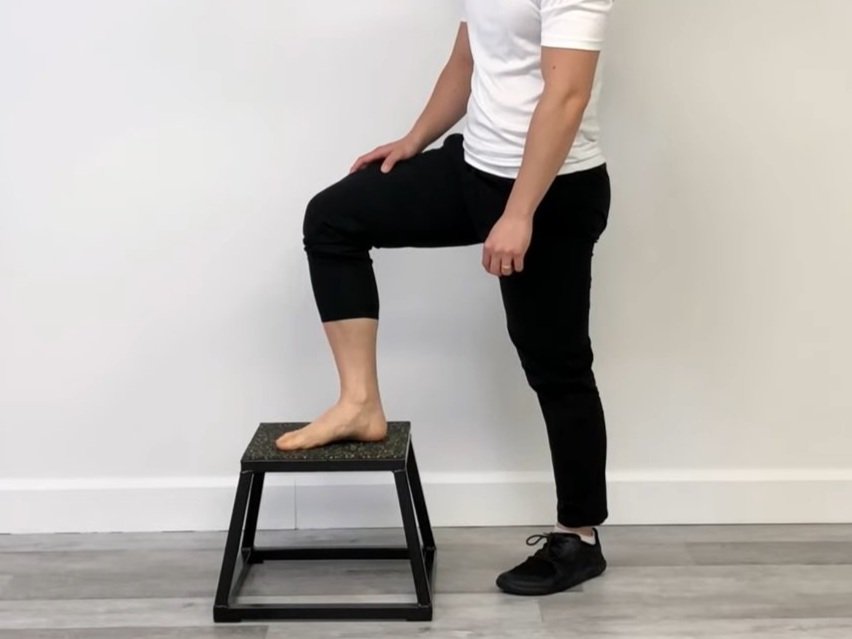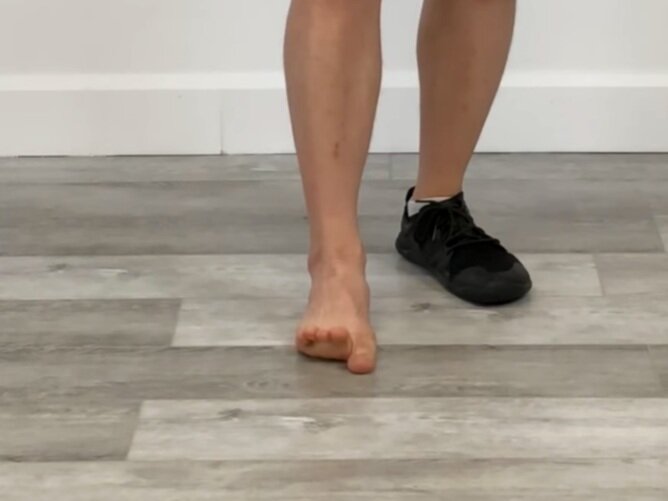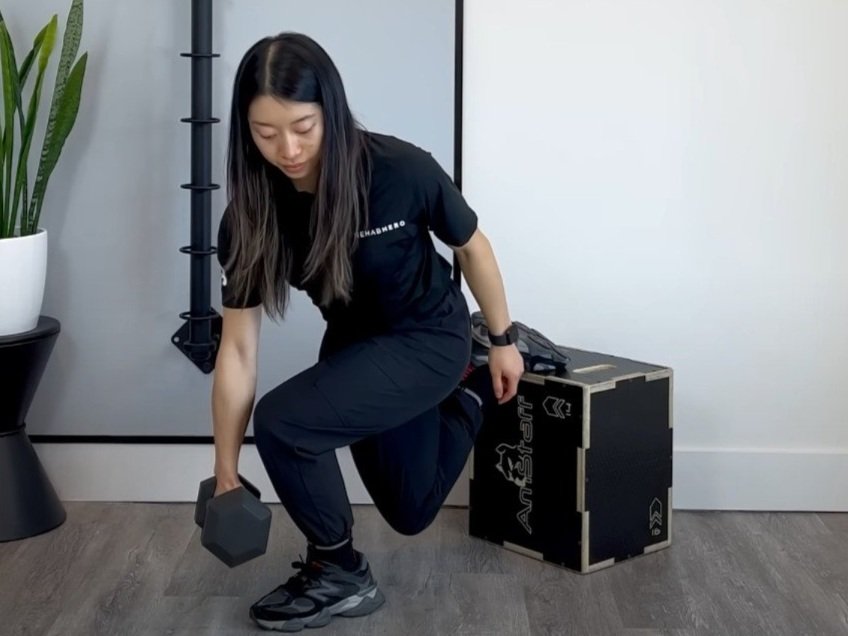Turf Toe Injury
What is Turf Toe?
The big toe is made up of two joints. The largest of the two joints is the metatarsophalangeal joint (MTP), where the metatarsal (first long bone of the foot) meets the phalanx (first bone of the toe). Turf toe is a sprain of the 1st metatarsophalangeal joint. The injury happens when the toe is forcibly bent into hyperextension, such as when pushing off into a sprint and having the toe get stuck flat on the ground.
The MTP joint is surrounded by structures that provide stability and prevent it from dislocating. These structures are referred to as the plantar complex collectively.
Plantar plate → this thick, fibrous tissue under the MTP joint prevents the big toe from bending too far upward.
Collateral ligaments → these ligaments are located on each side of the big toe, connecting the phalanx to the metatarsal and prevents the big toe from going too far side to side
Flexor hallucis brevis → the tendon of this muscle runs under the first tarsal bone and attaches to the proximal phalanx, providing strength and stability to the big toe during push-off movements.
How does it present?
Turf toe refers to an injury of any of the soft tissue structures in the plantar complex, such as the collateral ligaments or the plantar plate. These injuries can vary in severity, ranging from stretching of the structures to partial tears and dislocation of the 1st MTP joint. Turf toe can be categorized based on the severity of symptoms:
Grade I injury symptoms:
Localized swelling
Plantar structures stretched or attenuation
Pinpoint tenderness
Minimal bruising
Grade II injury symptoms:
Moderate swelling
Partial tear of the plantar complex
Widespread tenderness
Restricted mobility as a result of pain
Grade III injury symptoms:
Severe swelling and bruising
Complete tear of the plantar complex
Severe tenderness
Stiff and painful big toe
Instability of the MTP joint
What causes turf toe?
Turf toe occurs in any sport or activity in which the forefoot is fixed on the ground with the heel elevated, and a force pushes the big toe into hyperextension or as a player falls on another player’s heel with the toe already in extension.
Studies have shown that turf toe occurs more frequently in sports played on artificial turf surfaces. Artificial surfaces tend to be harder and less shock absorbent than grass and don’t give as much when forces are applied to them. In addition, athletic shoes designed for artificial surfaces tend to be softer and more flexible, which leads to more agility but at the cost of stability in the forefoot.
How long does it take to heal?
The timeline for recovery depends on the severity of the injury. Grade I injuries may heal partially or even fully in one week, whereas a Grade II injury can take as much as 2-3 weeks to resolve. Grade III injuries, given the severity, may take anywhere from 2 to 6 months to fully heal.
Who can treat a turf toe injury?
Conservative management will always be the first line of intervention; however, if conservative management is unsuccessful, then surgical interventions may be considered. Physiotherapists and chiropractors can aid in your rehabilitation, whether your injury is being managed conservatively or if you have limitations in strength, range of motion, or function post-operatively. Treatment may include modalities geared towards symptom management and pain reduction during the acute phase of the injury. During the later stages of healing, your treatment plan will likely be focused more towards rehabilitative exercises to restore range of motion, function, strength, and stability.
To get your foot/ankle assessed and treated by a Rehab Hero therapist, click the button below:
Interventions for a turf toe injury
Interventions will vary for turf toe depending on the severity (grade) of the injury. However, regardless of the severity, the initial treatment intervention consists of the RICE (rest, ice, compression, elevate) protocol.
In the acute phase of a Grade I injury, taping the big toe in slight plantarflexion (toe pointing down), limits movement, providing protection to the toe from excessive range of motion and also provides compression to the joint. Rehabilitation can begin 3 to 5 days post injury starting with gentle passive range of motion and progressive strengthening exercises. Joint mobilization techniques such as joint distraction and glides can help to restore normal range of motion. At this stage, you may also participate in non-weight bearing aerobic activities such as biking, elliptical training and aquatic exercises.
A Grade II injury will require at least 2 weeks before returning to activity. However, this will also depend on the sport that you play. Following rest, rehabilitation will focus on increasing range of motion and pain management. Hands-on techniques such as passive joint mobilizations can assist in restoring range of motion. After pain and swelling have subsided, more intensive rehabilitation can begin. However, it is important to protect the toe at this stage. Using a turf toe plate or a Morton’s extension orthotic can provide additional support to protect the big toe. Additional modalities such as ultrasound can be applied to reduce inflammation and assist in the healing of soft tissue.
Grade III injuries may require an orthopedic consult to assess the need for potential surgical intervention. Grade III injuries are more severe and generally start with a period of immobilization with the big toe partially in plantarflexion (pointed downward) for several weeks if managed conservatively. Complete recovery for a Grade III injury can take anywhere from 2 to 6 months. Rehabilitation should begin as soon as symptoms allow. Early joint mobility is essential for reducing or preventing joint stiffness. Prior to returning to sport/activity, 50 to 60 degrees of painless passive dorsiflexion (toe pointing up) at the 1st MTP joint should be achieved.
Early stage exercises for turf toe
Since a turf toe injury involves the big toe going into hyperextension, you will want to limit this movement in the early stages of recovery. Excessive big toe extension can cause irritation to the tissues on the plantar aspect of the big toe. Exercises in this stage are focused toward gentle toe and ankle range of motion as well as gentle strengthening.
Here are some exercises you can do to at this stage for gentle mobility at the big toe:
Towel Scrunches
Short Foot
Yoga Toes
Late stage exercises for turf toe
As your recovery progresses, moving and loading the big toe into extension becomes more important as the tissues need to gradually adapt and respond to stresses that they were used to prior to the injury. While loading in this stage is important, these tissues are still healing so it is essential to slowly and progressively load. The first step in this stage is to get full and pain-free extension at the big toe with load.
Big toe/plantar fascia stretch in standing is a great exercise to not only get full mobility at the big toe, but to also gently load it in this position as well.
Once you have achieved full pain-free mobility at the big toe, you can start to progressively strengthen with exercises that will load the big toe more. Here are some exercises you can do:
Single leg calf raise off step
Bear Crawl Holds
Written by: Edmond Che
Edmond Che is a physiotherapy resident that can be found at the Rehab Hero clinic in North York. With a passion to progress his patients through their injuries, he educates them on the importance of using exercise as a tool of recovery. Outside of the clinic you can find him on the basketball court or playing volleyball.



























